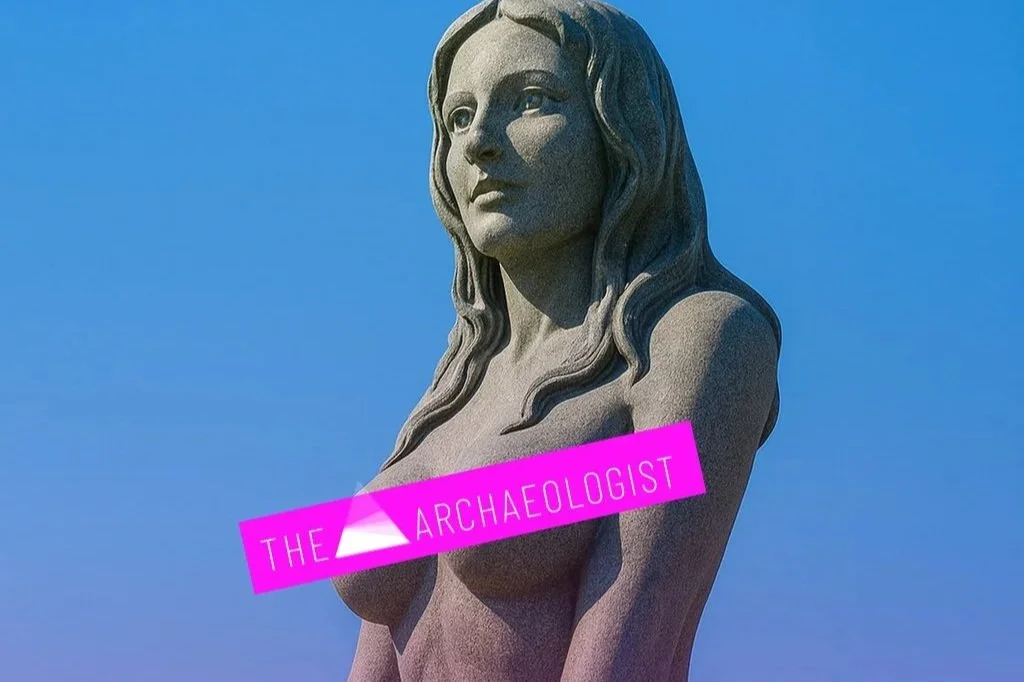Archaeologists at the Domus Aurea, Emperor Nero’s extravagant palace in ancient Rome, have uncovered a remarkable relic: a large ingot of Egyptian blue, history’s earliest synthetic pigment. This extraordinary find offers fresh perspectives on the craftsmanship and innovation behind the palace’s opulent décor.
A Unique Artifact of Exceptional Scale
The ingot, measuring 15 centimeters in height and weighing 2.4 kilograms, stands out for its size and intact condition. Egyptian blue is typically found as a fine powder or in small fragments, such as those recovered from Pompeii. This discovery sets a new benchmark in archaeological records, underscoring the advanced skills of the artisans involved in creating Nero’s luxurious residence.
The Palace Workshops and Their Role in Grandeur
The ingot was unearthed during recent excavations that also revealed evidence of workshops used to prepare materials for the palace’s intricate frescoes. Two jars found on-site contained traces of pigments, including yellow ochre, red earth, and realgar, a vibrant red mineral.
These workshops were pivotal in crafting the decorative elements that adorned the Domus Aurea, showcasing the scale and ambition of Nero’s vision. The palace, built after the devastating fire of 64 AD, reflected the emperor’s desire to reshape Rome’s core into a symbol of imperial grandeur.
Egyptian Blue: A Marvel of Ancient Innovation
Known as “frit,” Egyptian blue was the world’s first synthetic pigment. It was created by heating a blend of silica, limestone, copper-containing minerals, and sodium carbonate to high temperatures. First developed in Egypt and Mesopotamia over 4,000 years ago, this luminous blue pigment spread throughout the Mediterranean and became integral to Roman art.
Artists prized Egyptian blue for its ability to create striking effects, such as shading garments, adding depth to compositions, and highlighting eyes with a radiant glow. Its durability and brilliance made it a luxury material, a testament to the sophistication of Roman decorative art.
Alfonsina Russo, director of the Colosseum Archaeological Park, emphasized the exceptional artistry behind the Domus Aurea, noting that its craftsmen utilized rare and costly materials alongside cutting-edge techniques of their era.
Contextualizing the Domus Aurea
Nero’s Domus Aurea, or “Golden House,” was constructed as a symbol of his immense power and wealth. Built swiftly after the great fire of Rome in 64 AD, the palace was intended to leave a lasting imprint on the city. Though left incomplete after Nero’s death in 68 AD, it remains a monumental example of Roman engineering and artistic brilliance.
Artistic Legacy of Egyptian Blue
The significance of Egyptian blue extended far beyond ancient Rome. During the Renaissance, the frescoes of the Domus Aurea were rediscovered, inspiring artists of the time. A prime example is Raphael’s The Triumph of Galatea, where the pigment was used to create radiant highlights, demonstrating its timeless appeal.
A Testament to Artistry and Innovation
The discovery of this exceptional ingot of Egyptian blue sheds light on the ingenuity and ambition that defined Nero’s Domus Aurea. It not only deepens our understanding of ancient techniques but also highlights the enduring influence of these innovations on art and culture across centuries.







